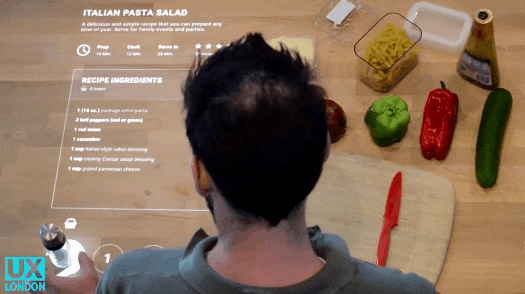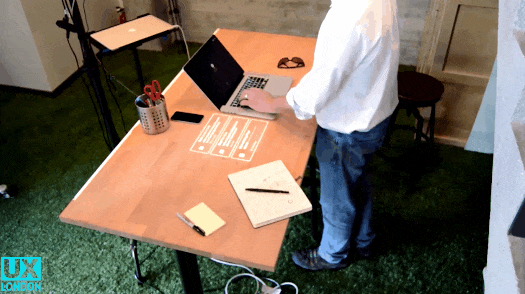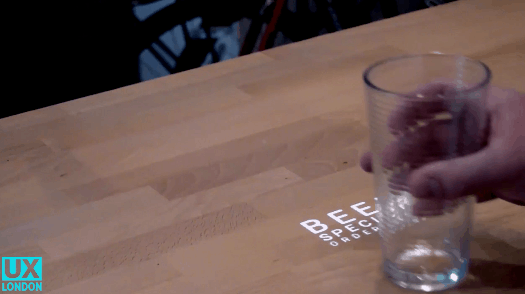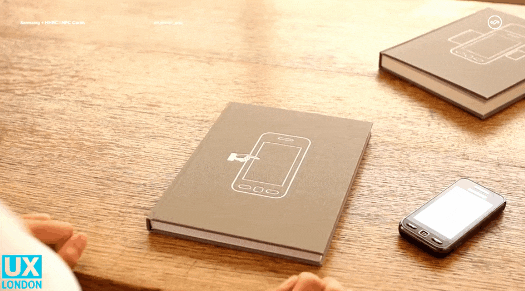Embedded & Enterprise solutions
We are living in the age of transformation for UI, with a significant impact on UX. This will have huge implications on our everyday life.
But first, to better understand why we need to define terms.
UX (USER EXPERIENCE): Everything a user does and feels when consuming a product or service to fulfill a need. So, good UX is about solving problems efficiently and pleasantly.
UI (USER INTERFACE): The communication channel between the user and the product or service. For many years, that meant screens and everything related: dashboards, layout, design, touching, swiping, and more.
Today, using a display to interact with technology is so commonplace that even the most low-tech experiences are getting a screen for basic tasks. Think of fridges, trash bins, or even hotel lobbies.
But as companies are looking for better ways to interact with users, alternatives to screens are emerging fast. The advent of AI and machine learning is further accelerating the change.
So what is the future of UX?
“The best interface is no interface”
The best interface is no interface, author and designer Golden Krishna has been saying for several years. He said it again at UX London this summer, an event also attended by Tremend’s UX/UI specialists. Golden Krishna derided the easy solution of attaching a screen onto anything, just to make it “better”. Instead, he said, UX works best as automation.
A good example is the way Nissan and Toyota solved the problem of cooling cars that overheat while parked in the sun. Nissan launched an app that allowed car owners to remotely open the vehicle’s sunroof to let off the heat accumulated inside.
Toyota, for a change, used a temperature sensor to automatically crack the car’s sunroof open and start a few small fans whenever it became too hot inside. It also added a few solar cells to power the fans. Thus it created a far better user experience, based on automation and no screens. Displays, Krishna said, can stay in the background as a backup solution if automation fails.
But other voices in the industry are less radical when dealing with screens.
Temporary UX environments
Also at UX London, Mark Rolston, co-founder and Chief Creative Officer of argodesign, showcased a way to integrate the user interface into household objects.
The solution is based on bulb-like modules that project images and have integrated cameras. They can interpret hand gestures and can include mundane objects into the virtual interface.
No need to use a tablet for cooking anymore.

Taking the concept further, the prototype can also serve as a secondary display for a computer.

Or it can create a temporary interface at a bar, helping customers place orders as they shove beer jugs around. Again, no need for tablets.

Mixing the analog and the digital experience
For some special users, screens can be too much, too late. This is the case for elderly users, who may have difficulties navigating today’s screen interfaces.
Also at UX London, Adrian Westaway, co-founder of Special Projects, showcased a way to improve the user experience of seniors who use smartphones for the first time. It is done by embedding the smartphone within the classical user’s manual, with great results.

Trends in UX and UI
Presentations we’ve seen at UX London and our own projects for over 60 million end-users enable us to outline a few emerging trends.
FEWER SCREEN INTERACTIONS
As personal devices become smarter and home appliances become smart, more of the things we do will need fewer screen interactions. Voice interaction is rising fast, with the aid of AI to improve speech recognition, as the first viable alternative.
ALTERNATIVE VISUAL INTERFACE
However, screens are not disappearing. Especially when it comes to content consumption and professional uses. But they will morph and find new ways to “express themselves”. Such as interfaces that are projected on the table, in eyeglasses, or even contact lenses.
ALTERNATIVE (e.g. BODY) LANGUAGE INCLUDED IN MAN-MACHINE COMMUNICATION
The trend towards natural interaction will become stronger. We already talk to computers and receive verbal answers. Computers are now learning to also watch our non-verbal communication and visual cues. After all, it is important for the machine to only take commands from you, not from the TV (true story – see the Whopper ad case).
Both UX and UI play a major part in our software development expertise, from eCommerce to user management and in-car infotainment (IVI) projects.
Tremend delivers full solutions ranging from mobile applications, online stores, or complex banking software to embedded software for the automotive sector.
For over 11 years we have developed Internet of Things solutions, e-commerce platforms, enterprise systems, embedded software, CRM, CMS, ERP, and custom software.
Contact us at hello@tremend.ro for support in developing your own software projects.